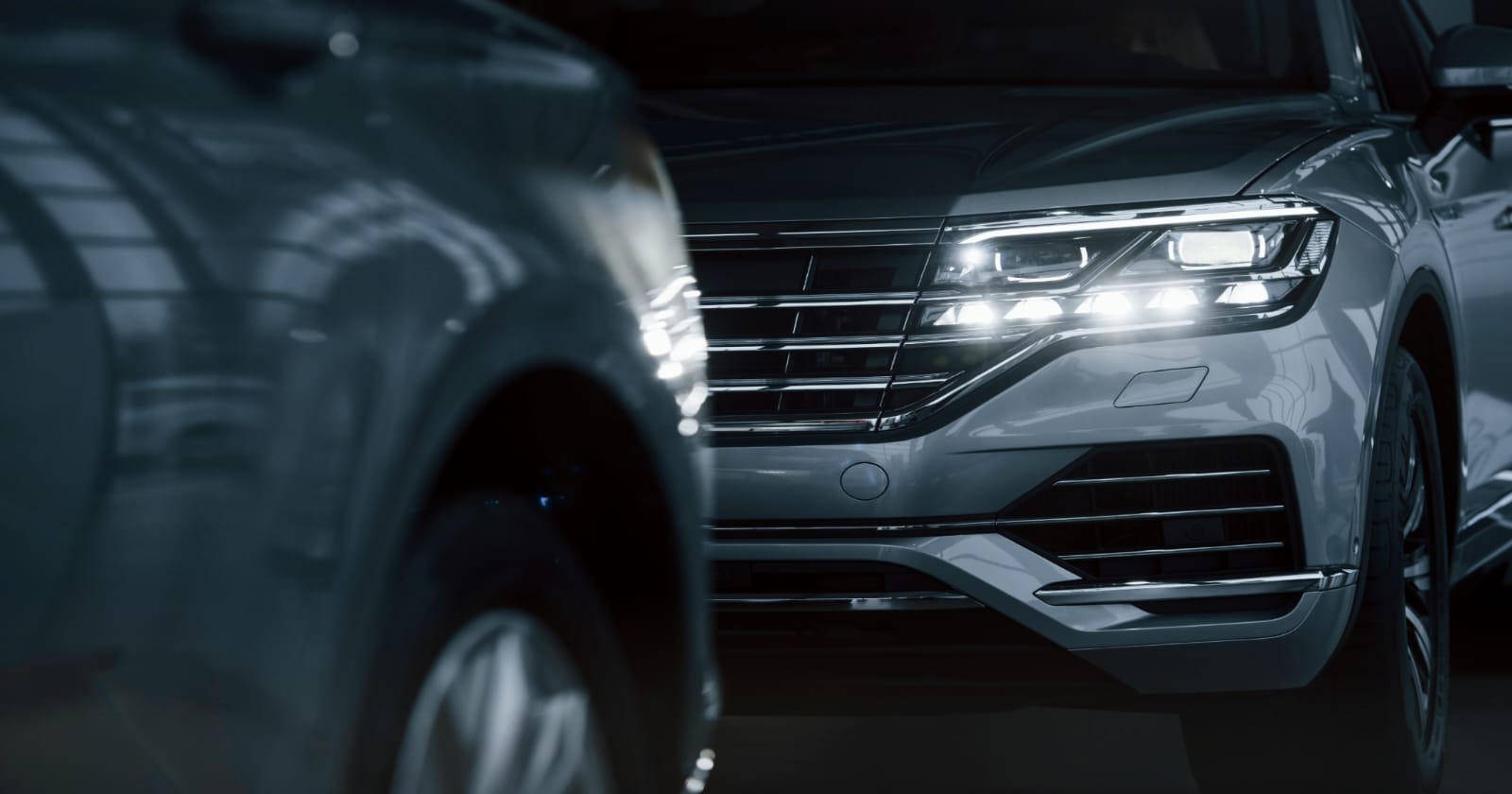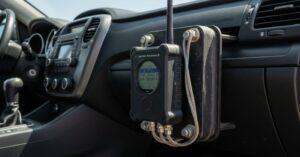License plates texas are the most critical method for identifying a vehicle. Although every vehicle has a unique Vehicle Identification Number (VIN), the police can’t see it, since it is usually printed on the inside of the door or the dash. Instead, we rely on license plates to identify cars. If the police stop you, they will also call in the license plate to identify you.
1. What Is a Texas License Plate?
The Texas Department of Motor Vehicles (TxDMV) gives out License plates texas, which are official tags that show what kind of vehicle you have. In Texas, all registered vehicles must have both front and rear plates. The only exceptions are motorcycles and trailers, which only need one. These license plates link your cars to your titles, registration, and ownership.
Each Texas license plates have a unique set of letters and numbers that help law enforcement and other agencies find the car.
2. How to Get a License Plate in Texas
- The first step in obtaining your license plate in Texas is registering your car.
- In Texas, you can get your license plates using the following methods:
- Get Your Car Titled Verify that the title includes your name.
- Bring identification, proof of title, and proof of insurance when you register at the county tax office.
- Pay the registration fee, which varies according to the county and kind of car.
- Get your plates and stickers: After payment, you will receive your license plates and registration sticker.
If you purchased your car from a Texas dealership, they usually handle the registration and plate issuance for you.
3. Types of License Plates in Texas
Texas provides a large selection of license plates to accommodate various tastes and requirements. The primary kinds are as follows:
Most drivers use standard license plates, which have a traditional white background with black letters.
Specialty plates, such as “Save the Texas Ocelots,” are made for colleges, nonprofit organizations, or pastimes.
Personalized Plates: For an extra cost, personalize your plate number or message.
Disabled plates are given to people with disabilities so they can park in accessible spaces.
Commercial plates are used for fleet or business cars.
Every kind of Texas license plate has its own style, regulations, and cost.
4. Renewing Your Texas License Plate
You have to renew your license plate registration every year. You will receive a notice of renewal through mail in addition to being able to verify your renewal date online.
The following methods are available in Texas for renewing your license plates:
Online: Visit the website for TxDMV renewals.
By Mail: Send your notice of renewal and payment to the county office.
In Person: Visit your local county tax office.
Keep in mind that you need to pass a vehicle safety examination before you can renew your registration.
5. Replacing Lost or Damaged License Plates
- If your Texas license plate is damaged, lost, or stolen, you can request a replacement. Just present a valid photo ID at your county’s tax office.
- Vehicle registration
- The payment of the replacement fee
- You will receive new license plates bearing your most recent registration details.
Read more: How to Change License Plate Light
6. Custom and Personalized Car Plates in Texas
Do you want your vehicle to be unique? Custom license plates can be ordered on the official Texas DMV website. The letter and number combinations are customizable (most plates allow up to six characters).
You could make plates that resemble “TEXAS1.” “MYTRUCK” and “Lonestar,” for example.
Though some offensive or specific wording won’t be permitted, Texas personalized license plates are a terrific way to showcase your uniqueness.
7. How to Check a License Plate in Texas
To verify a license plate in Texas, you can use the TxDMV or third-party lookup websites. A license plate check is advantageous to you:
Confirm who owns it.
Verify the registration’s authenticity.
Determine which cars have been stolen
Look into the history of the accident or title.
If you’re buying a secondhand car in Texas, this is especially useful.
8. License Plate Fees in Texas
In Texas, the kind of vehicle and the county decide the license plate pricing. Depending on the style and content, personalized or custom plates can cost anywhere from $30 to $200 annually, but ordinary plate registration usually starts at around $50 to $60.
If you move inside Texas, make sure to change your address because your registration and renewal letters will be mailed to the most current location on file.
9. Why Texas License Plates Matter
A Texas license plate is proof that your vehicle is approved, registered, and ready to drive—it’s more than just compliance. It protects you, helps law enforcement identify vehicles, and shows that you are a part of the Texas driving community.
Whether you drive a pickup, SUV, or motorcycle, your license plate represents Texas’s vast highways and strong driving culture.
Final Thoughts
You may drive with confidence, maintain compliance, and stay out of trouble if you are aware of Texas’s license plate laws. Texas offers a variety of alternatives for personalizing your vehicle, including personalized and conventional license plates.
The next time you’re driving, stop and appreciate your Texas license plates. They contribute to the distinctiveness of Texas driving and are more than just license plates.









